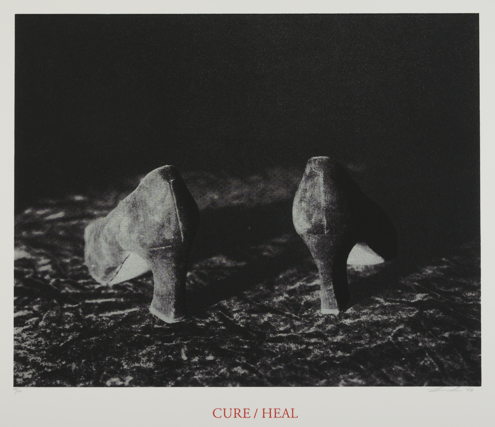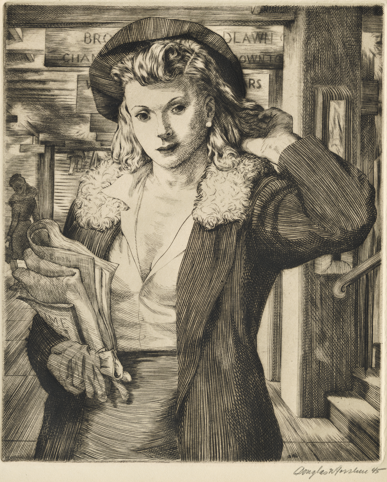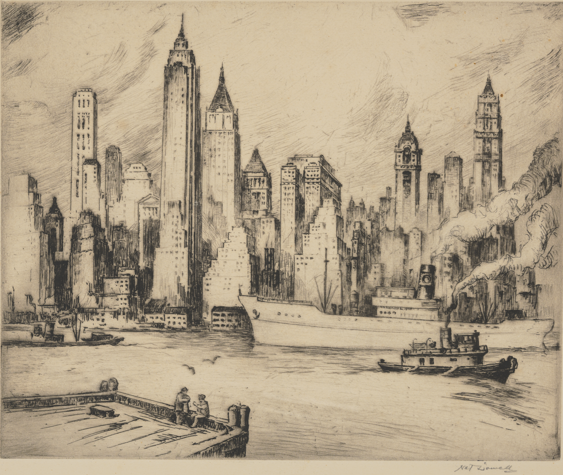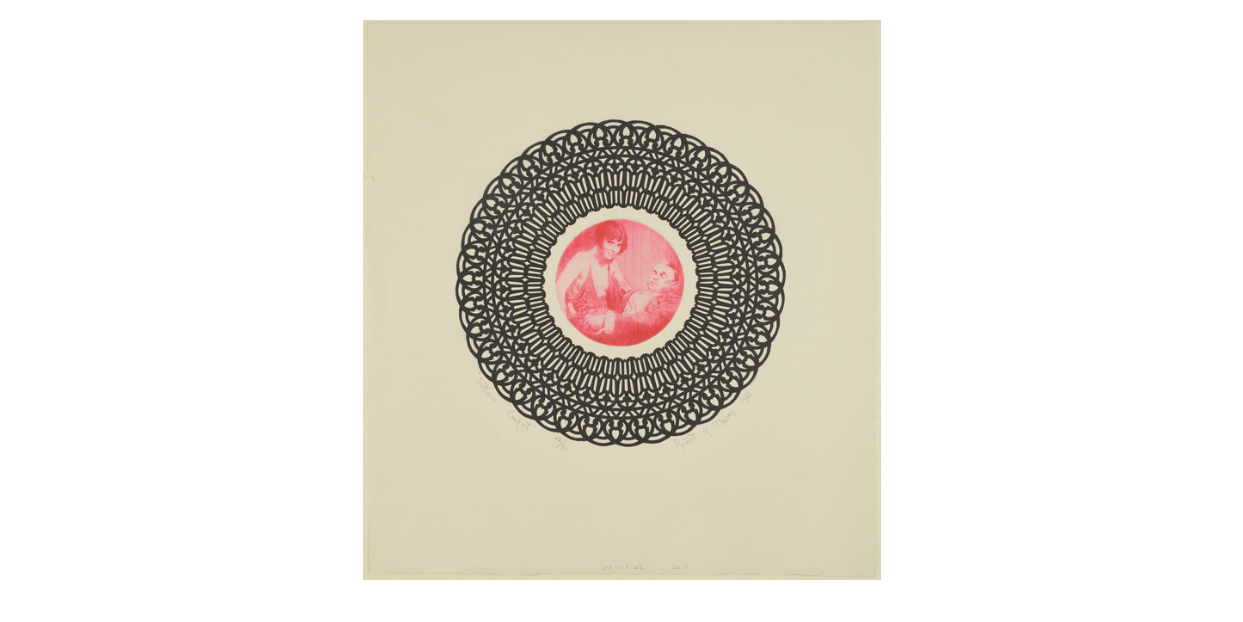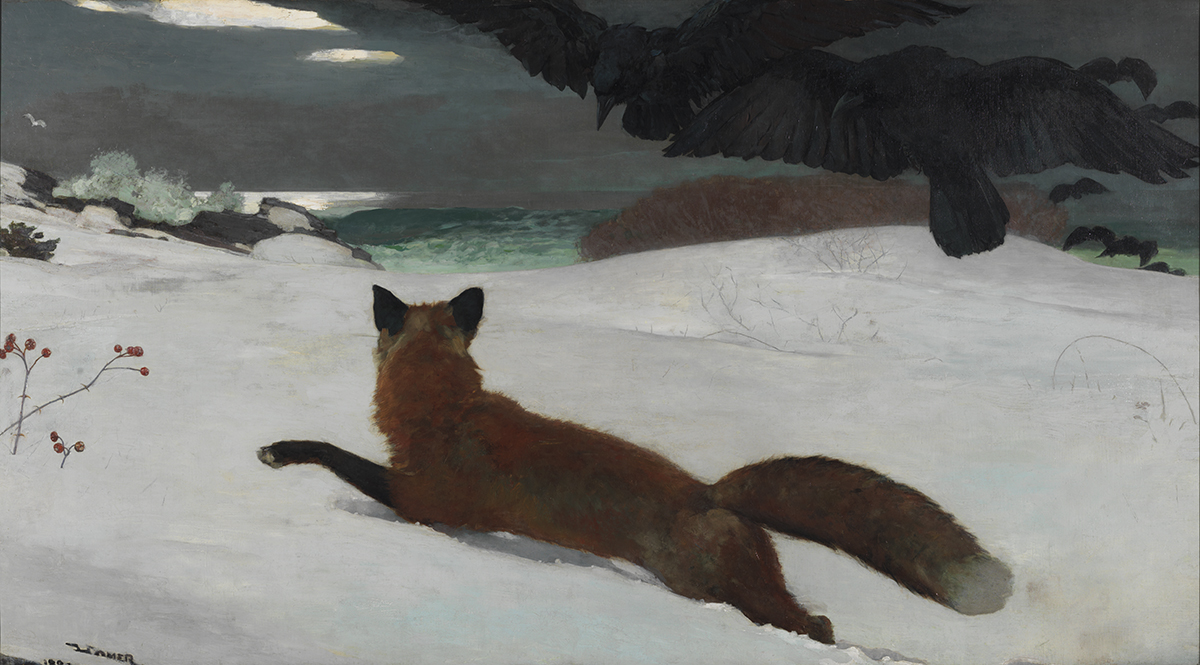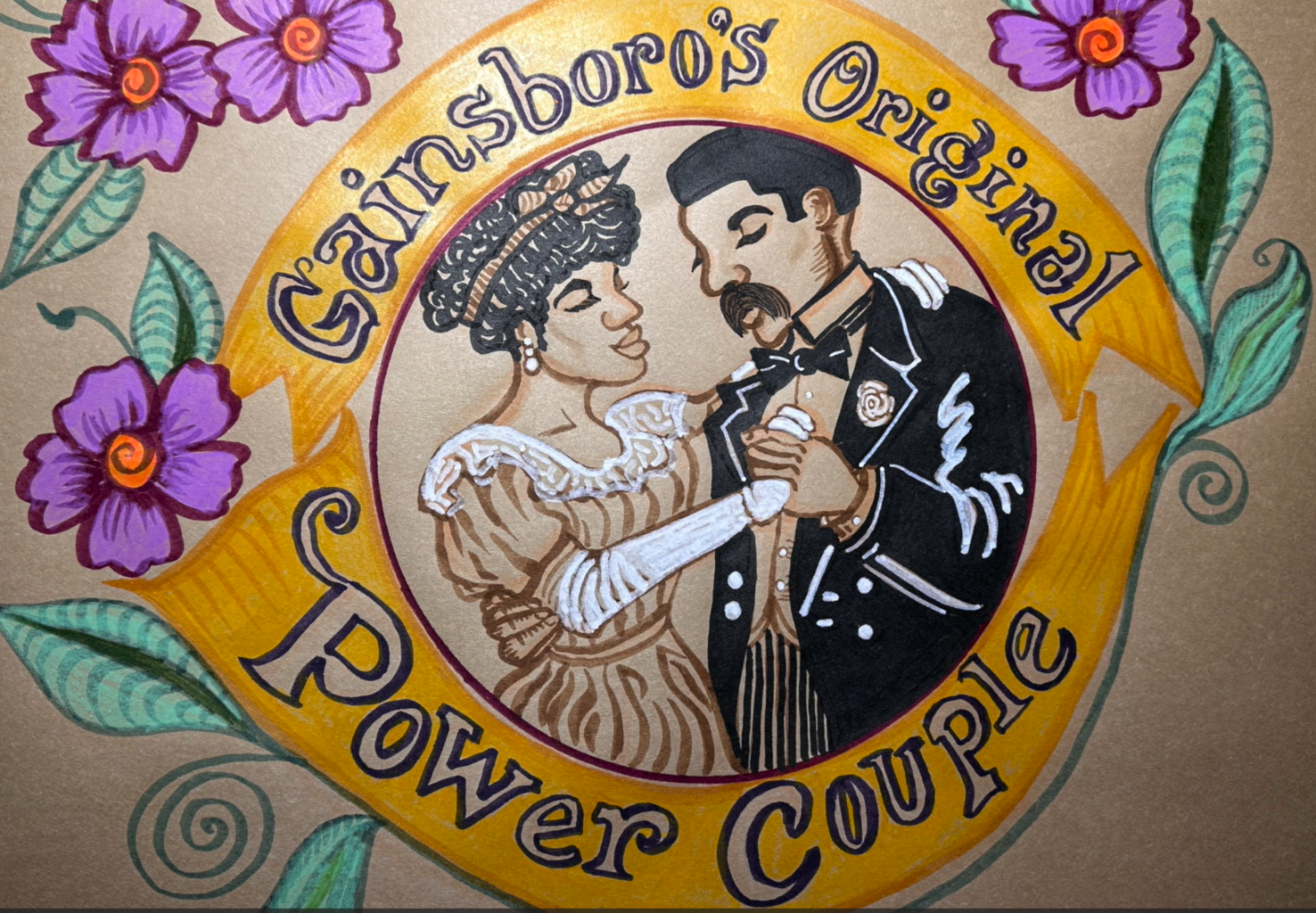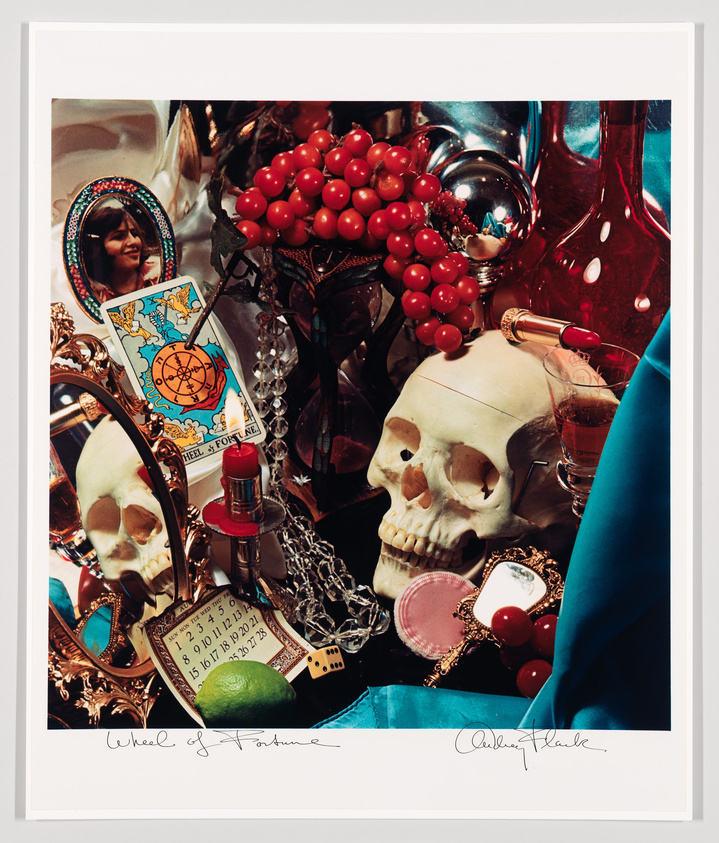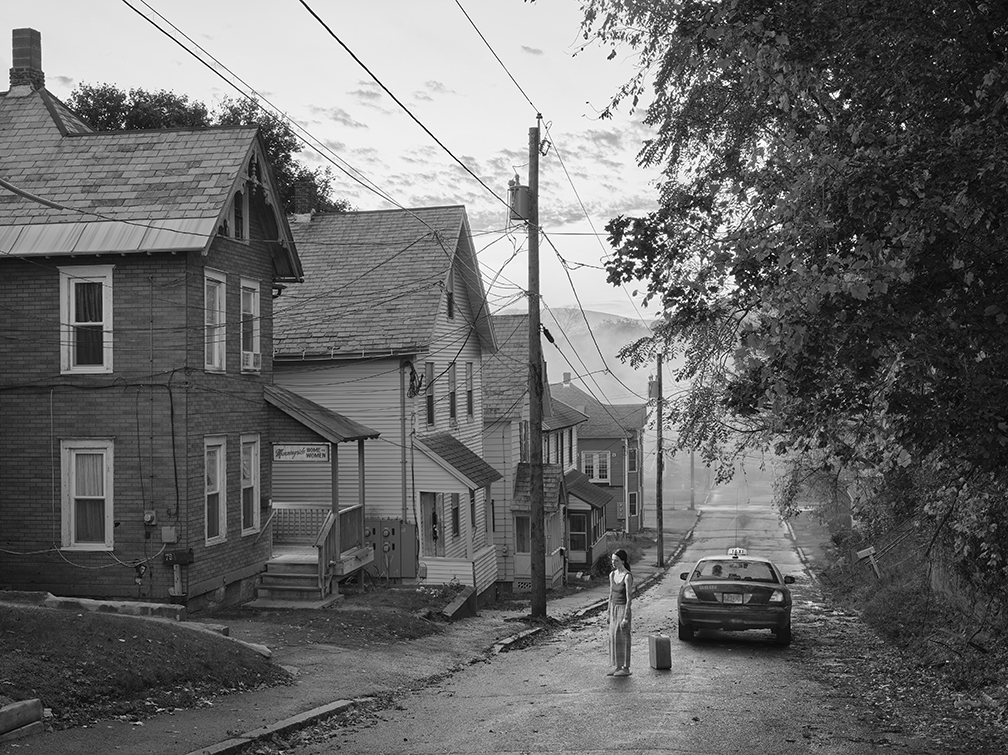
Lorna Simpson (American, born 1960), Cure/Heal [detail], 1992, seriagraph, © Lorna Simpson, Taubman Museum of Art, 1993.014.010
Elements of Noir: Highlights from the Permanent Collection
Jul 11, 2025 – Aug 24, 2025
Elements of Noir highlights works on paper from the Permanent Collection brought together to explore the defining archetypes and history of film noir.
Drawing influence from New Wave French cinema, German Expressionism, and silent films of the pre-World War I era, most film noir productions were made between 1940-1960. These films were heavily defined by a distinct postwar cynicism expressed through dark, high-contrast cinematography as well as consistent storytelling elements.
Classic films noir like The Maltese Falcon (1941), The Big Sleep (1946), and Double Indemnity (1944) were crime thrillers that relied on the dramatic tension between an antihero, usually a morally gray male character, and a femme fatale, a woman who uses her sensuality as weapon. Their ill-fated narrative played out in a stylish yet lonely urban setting, a metropolis rife with shady dealings and painful memories of the past. After World War II ended, French film critics were able to watch the American films they had missed during Nazi occupation. In 1946, critic Nino Frank remarked upon these Hollywood movies having a distinct air of pessimism and coined the term “film noir.”
Elements of Noir invites viewers to experience film noir anew through works on paper that reflect the mood, characters, and visual style that define it. These artworks draw out the tension, mystery, and angst found in classic noir, offering a fresh lens through which to view both the genre and its influence on visual culture.
